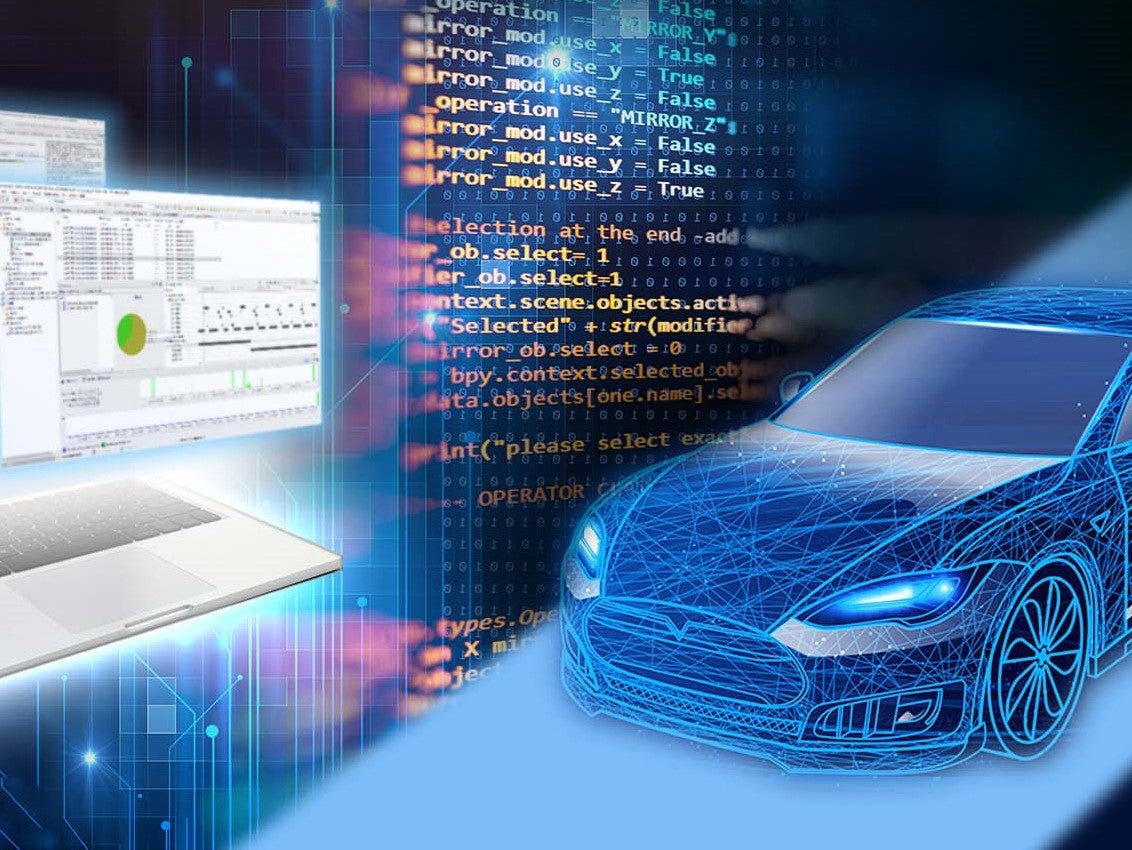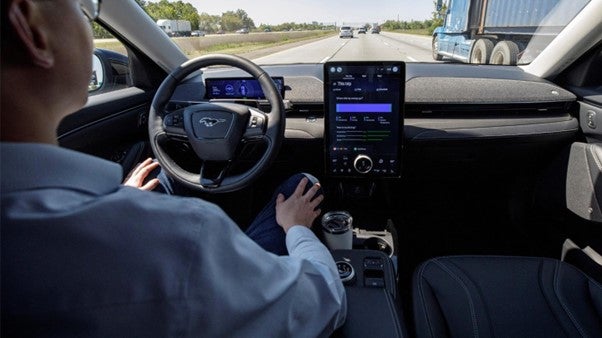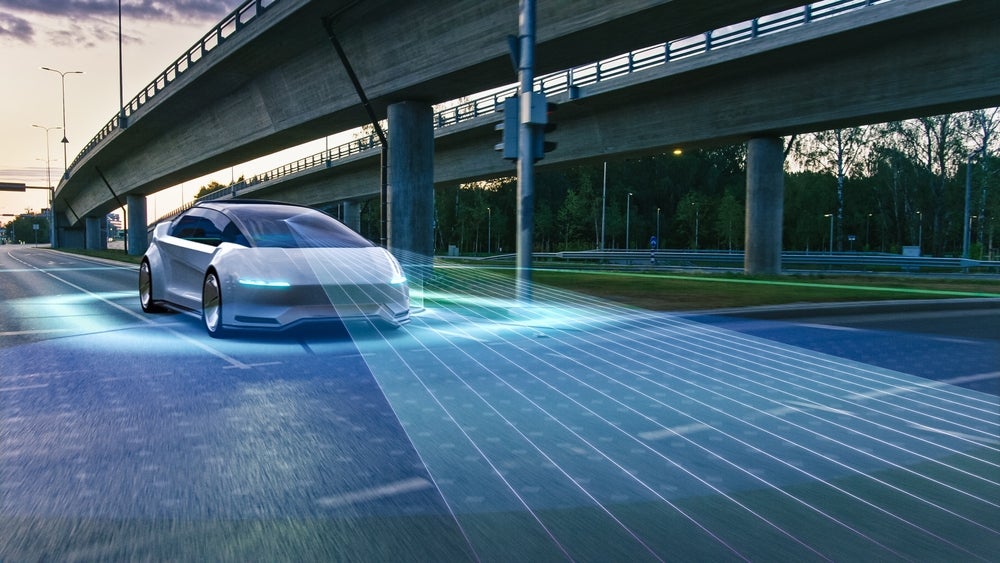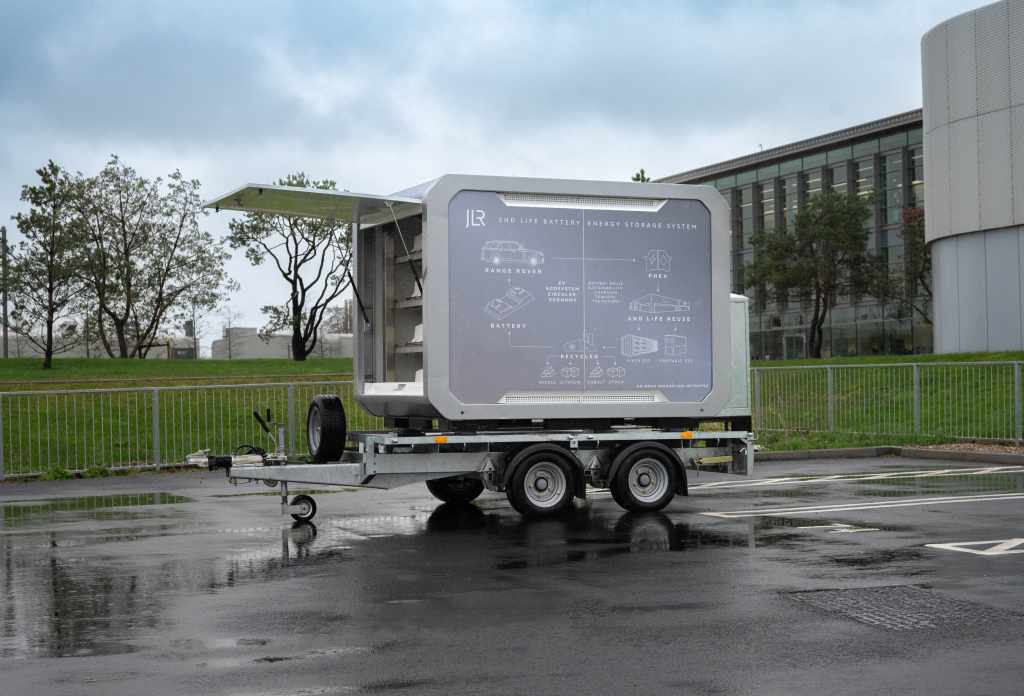
As a supplier of advanced semiconductor solutions, Renesas Electronics Corporation, has announced the launch of a Virtual Solution Platform which it says enables development and evaluation of automotive Zone-ECU related application software.
The launch of this environment includes a virtual turnkey platform which allows engineers to develop application software before evaluation boards or devices are available. Alongside this, the environment provides users with a Multicore Debug and Trace Tool, enabling users to analyse and evaluate the operation of software as if it were running on a chip.
We spoke to Darren Buttle, head of RTA Solutions, ETAS Germany, to find out more about this new technology.
Just Auto (JA): Could you tell me a little bit about your role and what that involves?
Darren Buttle (DB): I’m responsible for our platform solutions business for ETAS Germany. We’re providing the auto classic stacks and auto adaptive stacks for the global automotive industry and I look after the German side of the operation.
We have a German side of the operation, other European operations, as well as operations in the US, China, and Japan. In any kind of major automotive area where there’s development work and production going on, we’ll typically we have a site there and there’s somebody like me managing that.
We’re essentially responsible for helping customers design our software technology for their vehicle programmes. One day you’re looking at code and debugging elements, then you’re doing some sort of marketing and then you’re doing some sort of offer proposal and design work; it’s never a dull day.
How well do you really know your competitors?
Access the most comprehensive Company Profiles on the market, powered by GlobalData. Save hours of research. Gain competitive edge.

Thank you!
Your download email will arrive shortly
Not ready to buy yet? Download a free sample
We are confident about the unique quality of our Company Profiles. However, we want you to make the most beneficial decision for your business, so we offer a free sample that you can download by submitting the below form
By GlobalDataHow did the new virtual turnkey software come to be?
Going back about seven or eight years, we started looking at the problem of increasing numbers of boxes of electronics in a car. Ideally, you want to reduce the number of boxes to reduce the weight of the vehicle. Looking at today’s automobiles, that’s particularly important for electric vehicles.
We initially looked at taking some of the original enterprise idea of having virtual machines, which involves lots of virtual machines running on a physical machine – so, something like how a big Amazon server farm might work.
We know that technology works on these larger scale embedded devices, but we wanted to look at how it could work on tiny devices. At the time, all the silicon that existed didn’t really have the hardware support to be able to do this. So, we had to write quite a lot of software to essentially make up for the missing hardware support.
We built a thing called the lightweight hypervisor. The reason it was lightweight was it ran as a software layer on top of a normal 32-bit deeply embedded automotive microcontroller. That worked quite well – it’s in series production in a number of vehicle programmes today.
It works quite well with applications such as the body electronics side of the vehicle – things where you don’t have to do a lot of digital input and output.
As soon as we got to anything that was a little bit more involved in terms of its computing needs, the hardware fell short. Now if you fast-forward seven years to current generations of silicon, vendors are producing hardware that provides support for building those kinds of systems.
Could you explain the new virtual turnkey platform and how it works?
We’ve been working with a number of silicon vendors, one of which is Renesas, to basically bring a software supported, hardware supported virtualization solution. This solution allows you to take existing electrical control units (ECUs), with four or five boxes of existing electronics and put them onto one slightly more powerful computer, but keep them separated in time and space.
The software allows you to build the application software, and in terms of putting it on an autosar stack, you could do a lot of that on a desktop PC. It’s a lot of that basic plumbing and integration work on a host PC before you having to go to hardware.
When we’re talking about virtualization, we’re talking about virtualization during running a virtual machine in the physical machine. What we’re seeing is that you can build an ECU essentially as normal, but rather than running it directly on the piece of hardware, you’re running on a piece of virtual hardware that’s running on the physical hardware.
That virtualization layer that we provide with the hypervisor allows you to basically take one chip and say rather than just having this one chip that I can just drop one binary onto, one bit of software onto – I can basically make that chip look like 10 different chips, or five different chips or however many it is. Then for each one of those 10 or one of those five, I can then just do my normal software integration problem for that subset of the computing hardware that exists.
What are the key benefits of this new software?
I think the key benefits that come to mind are being able to reduce the amount of ECUs in the vehicle in a sensible and practical way. This solution allows you to replace multiple physical boxes of electronics with one slightly more powerful box of electronics but still aggregate all those functions onto the same ECU.
You are also reducing the amount of copper in the vehicle, which is beneficial for the environment, and you’re reducing the weight of the vehicle because you’ve got one box of five boxes.
One of the big challenges in the car industry today is if you think that on average, you’ve got somewhere between 60 and 150 boxes of electronics in your car. One significant challenge for the original equipment manufacturer (OEM) is where do you put them, which is why cars over time have gradually got bigger because you have to hide the electronics somewhere in the vehicle. If you can reduce the number of boxes that problem becomes easier to manage.
If you think about the EV market now where essentially the range of the vehicle is directly proportional to how much the vehicle weighs, anything that allows you to make the vehicle that little bit lighter has a direct correlation to how far it can drive on a single charge. It’s that optimisation of the E architecture to reduce the number of ECU as well as maintaining some of your existing supply chain relationships so that you can aggregate software together onto the ECU.
What is the current stage of the software?
We’ve been working quite a lot with Renesas to build this software. It’s called a zone pop demonstrator. We have Renesas’s latest RH850/U2B family of devices, this is the silicon that’s got the hardware virtualization support built into it.
On top of that we’ve provided our prototype hypervisor, so that I would say it’s at beta stage. It’s scheduled for release third quarter this year as a serious production-ready product.






